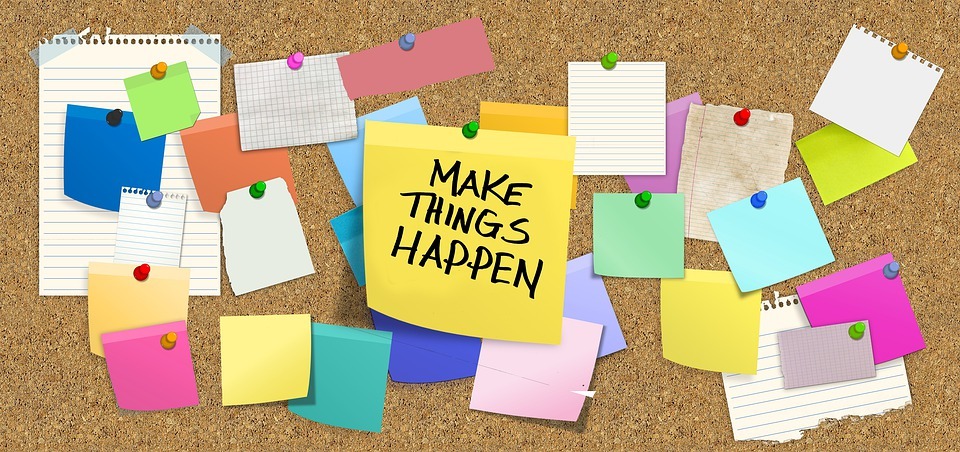Cooking, while doing the laundry, and at the same time looking after your toddler. Can you imagine how exhausting that would be? But, some people, especially full-time mothers, do best in multitasking.
WHAT IS MULTITASKING
Multitasking is doing two or more things at the same time, as in the example scenario above. Some people are already experts in doing many things simultaneously; however, some believe that multitasking only results in the waste of time because of switching from one task to another, which sometimes causes errors.
So, is it possible to multitask without compromising the quality of work?
MULTITASKING VS. PRODUCTIVITY
Doing a few tasks at a time, especially when involving a complex task, takes a toll on productivity. According to psychologists who studied the effect of multitasking on man’s mental processes, when people try to perform more than one task at a time causes cognitive overload because the brain and mind are not designed for heavy-duty multitasking. Psychologists compared multitasking to choreography or air-traffic control, noting that these operations, as in others, can result in catastrophe.
To further study the effects of this mental “juggling,” psychologists experimented with task-switching. The experiment included comparing the length of time a person can accomplish all the tasks simultaneously and measured the cost in time for switching tasks. They also assess the difference in the tasks’ aspects, including complexity or familiarity, which can affect any extra time cost of switching.
WHAT STUDIES SHOW
Even when people had to switch entirely predictably between one task to another, they were still slower on task-switching even after two or four trials than on task-repeat trials; this resulted from the experiment by Robert Rogers, Ph.D., and Stephen Monsell, D.Phil, in the mid-1990s.
Moreover, when the time allotted between trials for preparation was reduced, it did not eliminate the cost of switching. Therefore, they concluded that there are two parts to the switching cost; one is linked to the time taken to adjust the mental control settings and another part due to competition due to carry-over of the control settings from the former trial.
Additionally, Renata Meuter, Ph.D., and Alan Allport, Ph.D., reported in 1999 that when a person has to name digits using their first or second language, depending on the background’s color, as one might think they named digits in their second language slower than in their first when the language repeated. But they were slower in their first language when the language changed. It is because it is harder to switch to the more habitual of two tasks afforded by a stimulus.
HOW TO NOT COMPROMISE QUALITY OUTPUT
The Role of Executive Function
Executive functions manage multitasking processes in the brain and control and manage cognitive processes and determine when, how, and in what order specific tasks are performed. According to Meyer, Evans, and Rubinstein, there are two stages to the executive control process.
Goal shifting: Deciding on doing one thing (which is more important) instead of another
Role activation: Changing from the previous task’s rules to the rules of the new task
HOW TO MULTITASK EFFECTIVELY
- Plan – Nothing beats good planning when it comes to setting deadlines and arranging which tasks should be done first. Also, plan ahead like a day or two before performing the tasks.
- Identify which tasks are similar and can be easily performed together – You can efficiently multitask if you sort your tasks according to their aspect. For example, emailing, researching, and phone calls.
- Work in blocks of time – Group the tasks and get them done through separate blocks of time.
- Learn to concentrate and avoid distractions – It’s good sometimes that you can work despite the external and internal noise. Focus on what’s in your hands and deliver them on time.
- Distinguish urgent from important – Make a comprehensive to-do-list and thoroughly understand the differences between urgent (tight deadlines) and important (long-term sustainability) tasks. Apply the Eisenhower’s Principle, which says you should prioritize your tasks in the following sequence:
- Important and urgent;
- Important but not urgent;
- Not important but urgent;
- Not important and not urgent.
- Accept limitations – Learn when to stop additional workload and stop multitasking because you only have a limited capacity based on your time and energy, but your tasks are endless.
- Know how to supervise your own work – Ensure that as you multitask, you don’t just do things for the sake of accomplishing them but work with quality output.
- Take breaks – This is necessary to recharge your energy and think again about how to finish what you have started.
- Use online multitasking tools – Various online multitasking tools track your tasks and accomplishments, so utilize them for efficient working.



